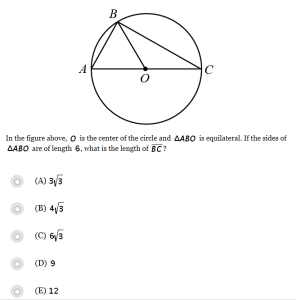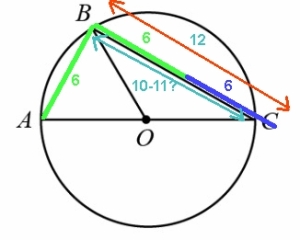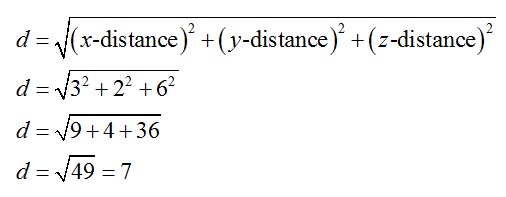I went to Costco today. I almost never get out of Costco for less than $100, but I wasn’t keeping a running total in my head. It’s been one of those days, the kind where you just don’t even look at the prices (gasp, did I just admit that?!). The cashier said the total was $118.87, and that was fine. I handed her $120.00 and got to work packing my items in the cart. The cashier was soon in total dismay when she discovered she had punched in ‘200.00’ instead of ‘120.00’. Now, she’d have to get the manager! The change amount was wrong and there was no telling how much it really should be! And the line was so long already! This was going to really slow her progress… I piped up, ‘Just give me one dollar and 13 cents.’ She didn’t know whether to believe me. She stared at the register display, which said ‘$81.13’, and just couldn’t figure out what to do. I continued, ‘You put in 80 dollars too much, so take 80 dollars back from the change amount.’ Her face said she believed I was telling the truth, but she was still puzzled. I got the feeling she didn’t know how to take $80 away from $81.13, at least not on the spot, in her head. She asked, ‘So how much is it?’ I repeated, ‘one dollar and 13 cents.’ She must have decided I was being honest, since I was asking for such a small amount. She thanked me, presumably for saving her the call to the manager, and I was on my way with the correct change.
True story. I wish it weren’t true. I don’t blame her, though. She’s a product of a broken system. I wish our country put a much, much greater value on how to do basic math. You don’t have to be one of the ‘smart ones’ to know how to do basic math. Most everyone can master it, if it is made important. My grandmother did computation by hand flawlessly, even at age 90. Even though she once asked me where Mars was, and upon being told it was a planet out in space, asked whether we could drive there. Growing up, my grandmother never had the educational opportunities children in our country have today. She went to work after 7th grade. She knew how to read, write, and do her arithmetic. She did it well, and was proud of it. Because it was made important. It’s not that hard.
Well, it shouldn’t be that hard. Actually, in today’s society it is hard. It’s hard because we (well, not me, and hopefully not you either, but too many people) tell our little girls they are bad at math. WHAT?? We (same ‘we’ as before) watch talk shows where our idolized celebrities tell us it’s cool to be ‘clueless when it comes to numbers’. We hear other celebrities admit with embarrassment that they are ‘math nerds’. We give tons and tons of money to sports ‘heroes’ while our teachers and researchers can barely scrape together enough food to eat.
And so, one day at a time, one student at a time, I try to change this collective mentality. I tell my students and their parents that I’m in the business of putting myself out of business. Please, go ahead and get your math sorted out perfectly. Understand it so well that you won’t need me anymore. I’ll be glad to get a different job!
I’m only one person, though I’m thankful to know so very many others who change the world daily, much more than I. So, how about you hop on this train, too? You don’t have to be a teacher or an accountant or a scientist to be on board.
Here’s something easy you can do in a few minutes, that just might make a difference. The next time you see your 9-year-old niece, ask her to count by threes for a while. Then write down the numbers in a list. For the two digit numbers, ask her to add the digits together, and add the digits of the resulting total. Get her to notice that the digits always eventually add up to 3, 6, or 9! Try it with a three digit number, too:
12: 1 + 2 = 3
15: 1 + 5 = 6
18: 1 + 8 = 9
…
66: 6 + 6 = 12; 1 + 2 =3
…
819: 8 + 1 + 9 = 18; 1+8 = 9
Then point out that when the digits of a number add up to a number that is divisible by 3, then the original number is also divisible by 3. (Use the word ‘multiple’ instead if it works better.) Wait for it… ‘COOL!’ Now, ask her if the number 56,418 is divisible by 3. She’ll be so proud to know the answer. That’s how it works. And welcome aboard!
Highly Effective Headline!
Lorem ipsum dolor sit amet, consectetur adipisicing elit, sed do eiusmod tempor incididunt ut labore et dolore magna aliqua. Ut enim ad minim veniam, quis nostrud exercitation ullamco laboris nisi ut aliquip ex ea commodo consequat.





 ‘Like’ if you got it!
‘Like’ if you got it!


